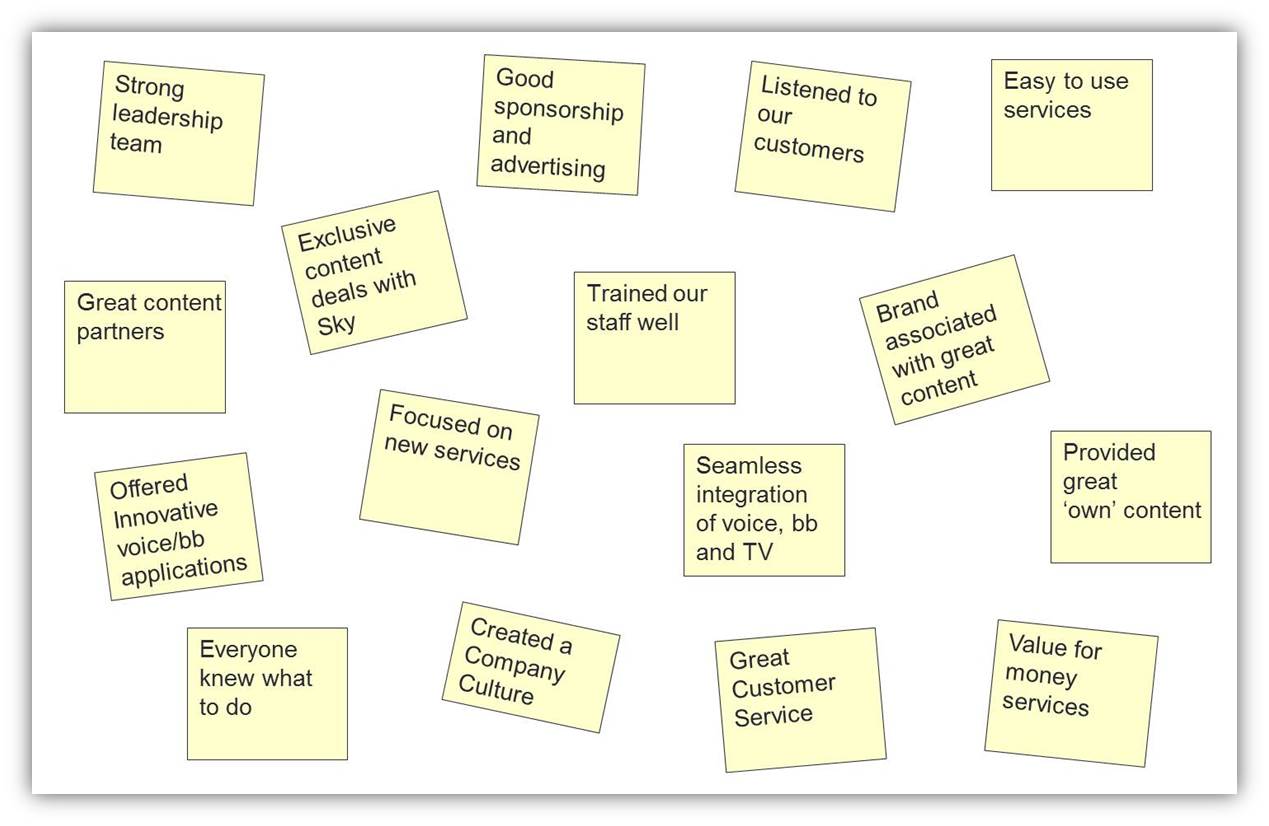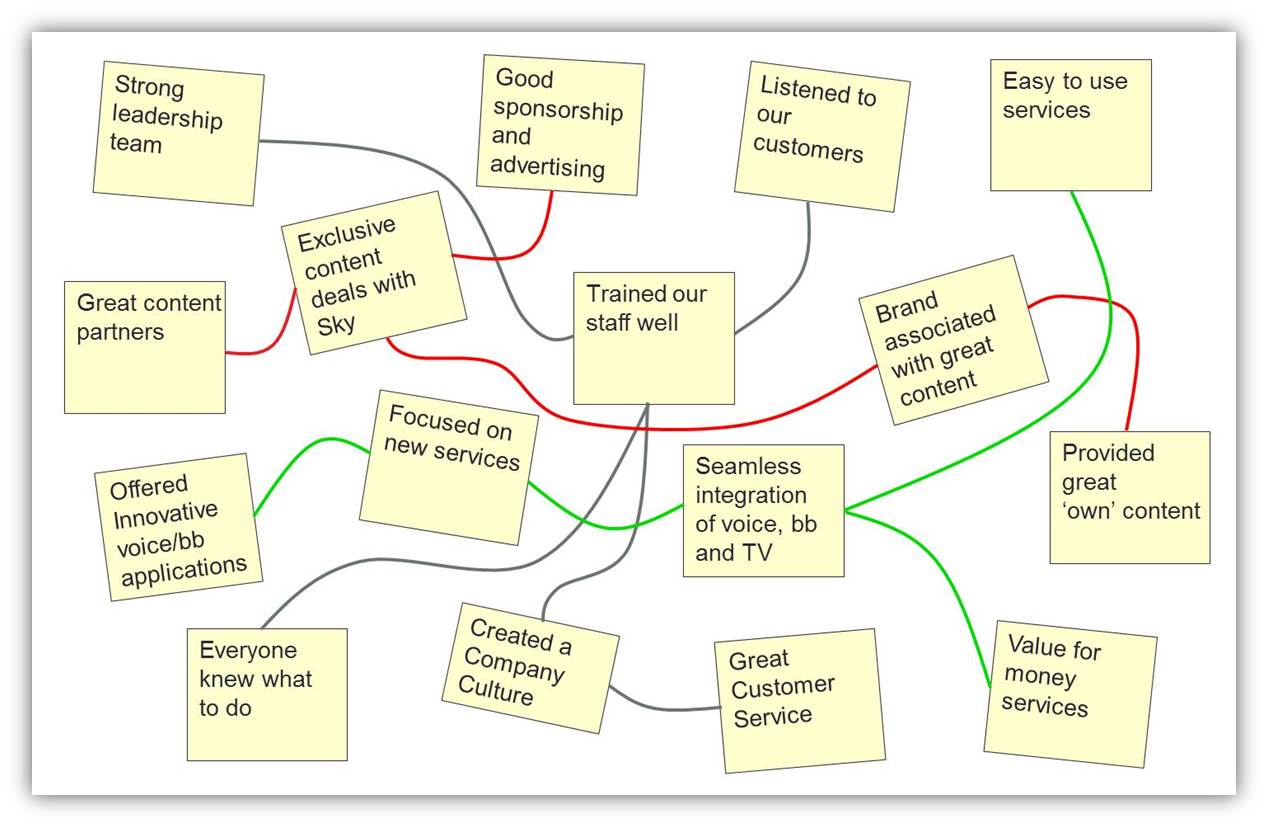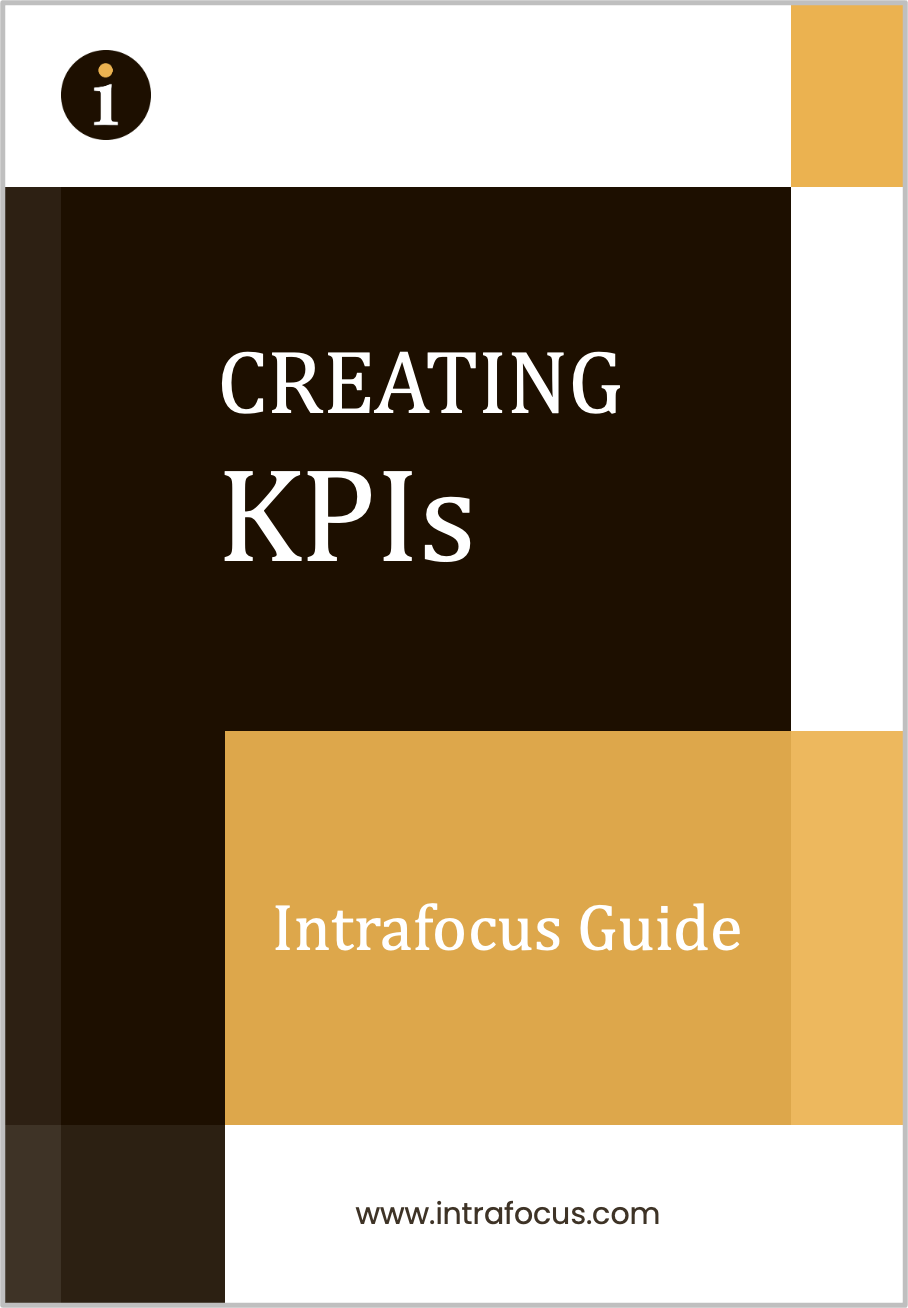Often it is difficult to see the wood for the trees. During a strategic planning cycle, it is easy to become overwhelmed by the many things that need to be done. It is at this point that ‘Strategic Themes’ become useful. Any strategy can usually be broken down into two or three strategic themes. Strategic themes can be thought of as ‘pillars of excellence’, the high level areas that a company or organisation needs to focus on to excel in its mission and fulfil its vision.
They create a framework into which similar strategic objectives can be placed and provide the means to state strategic results that will transform the mission and vision into action. Typically, a strategic theme may be something like ‘Operational Excellence’ or ‘Strategic Partnerships’ or more specifically to the public sector ‘Public Safety’ or ‘Community Engagement’. The themes are cross-functional and cross-organisational in nature; they cut across boundaries and provide a structure the whole organisation can work towards.
A good method frequently used to determine strategic themes in a strategy planning session is to do the following: Imagine yourself in a meeting with your executive management in five years’ time when the company or organisation has over-achieved its strategic goals. Ask the question:
“Looking back, what was it that led to our success?”
Then get the participants to write one or two specific reasons on large post-it stickers. The facilitator can then go around the room taking the post-it stickers, grouping any duplicates and then placing them all on a wall. The result may look something like the (simplified) example below which was used when defining strategic themes for a UK communications company:
The next step is to look at relationships between the reasons given and to show any connections diagrammatically. The result might look like the diagram below. Here we have three groupings. It then takes a little effort to determine how best to describe the relationships in two or three words, these then become the strategic themes. It is important to note, that when creating labels for things like strategic themes, and this is equally true of strategic objectives, a description or narrative should also be created. This ensures the true meaning of the label is not lost when it is used in other parts of the organisation.
From the example above, the derived strategic themes were:
Strategic Partnerships
Integrated Services
Company Culture
Don’t be surprised if your strategic themes seem to be obvious choices or things that you think other organisations may be concentrating on as well. There are several themes that come up time and time again. However, the process of creating strategic themes does not stop here. In truth, the previous activity could be described as the easy part! A strategic theme only has real value when a specific result of the strategic theme can be described in the form of a ‘Strategic Result’. It is the strategic result that will differentiate you from your competition.
So using the example above, let’s take the strategic theme ‘Integrated Services’ and look at the strategic result as applied to the UK Communications company:
“We are recognised as the market leader in the provision of integrated communications and television services”
So we can see that in this case the result is very specific to the combined communications and television industry. It also provides a framework for the whole company to work with when delivering these services.
Strategic themes provide another tool to take a company or organisation strategy and break it down into manageable parts. It provides a logical structure within which objectives, measures and initiatives can be allocated to align strategy to the company or organisation vision.




